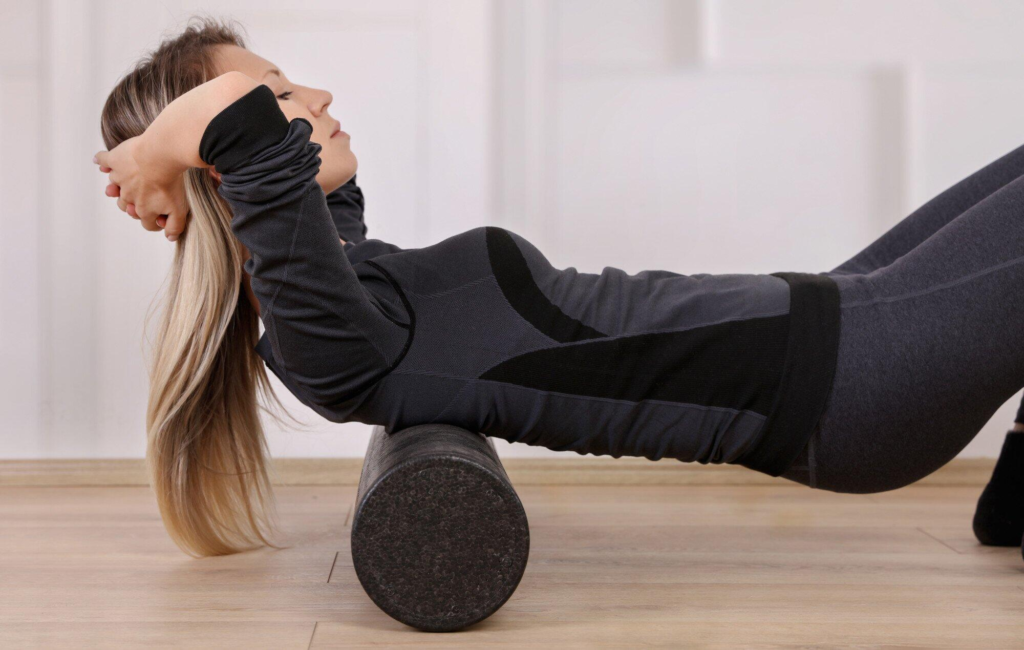Foam rolling for runners is more than just a trend; it’s a game-changer. This technique, also called self-myofascial release, helps in muscle recovery and flexibility.
If running is your passion, incorporating foam rolling can elevate your performance. Not only does it aid in soothing sore muscles, but it also prepares your body for the next run.
This guide dives deep into how foam rolling for runners can enhance your running experience. Discover the key benefits and learn how to make foam rolling a part of your routine.
Enhancing Flexibility and Range of Motion
Regular foam rolling can make a runner’s range of motion and flexibility much better. This is very important because being more flexible can help you run more efficiently and lower your risk of getting hurt.
Foam roller hamstring puts pressure on muscles, which helps break up knots and improve blood flow. This makes muscles more flexible and easy to bend.
Reduced Muscle Soreness
One big benefit of foam rolling is that it helps reduce muscle pain after a run. During exercise, lactic acid builds up in the body and needs to be spread out. As a result, runners can recover faster and feel less pain, which makes different workout exercises more effective and less painful.
Reducing Injury Risk
Adding foam roller lower back to your daily running routine can not only help you recover and perform better, but it may also make you much less likely to get hurt. Runners can keep their muscles and fascia from getting too strained during their runs by keeping their muscles strong and flexible. This is a common way to get injuries like IT band syndrome and a runner’s knee.
Improving Circulation
Muscles need to get oxygen and nutrients quickly, so runners need to make sure their blood flows well. Making the fascia and muscle tissue less tight and more flexible through foam rolling improves circulation. The faster recovery and better performance are helped by the higher blood flow.
Enhancing Performance
By making runners more flexible and efficient, foam rolling can greatly improve their performance. It lets muscles work at their best, which means that less energy is needed for each step. As a result, runners can improve their times and build up their endurance, making their workouts more useful and enjoyable.
Myofascial Release
Foam rolling for myofascial release works on the connective tissue around muscles to make them more flexible and improve their ability to do their job. It works on the tight spots in the fascia to help it heal and ease pain. This technique works well to ease stiffness and boost athletic performance.
For those looking to deepen their understanding of foam rolling and its application in a fitness regimen, ASFA’s Foam Rolling Certification offers a comprehensive resource. Not only does it cover the essentials, but it also dives into advanced techniques, ensuring you are well-equipped to enhance your performance and recovery.
Achieve Peak Performance with Foam Rolling for Runners
When you do exercises like foam rolling for runners, you improve your running performance and speed. Aside from making muscles feel better, it also keeps them from getting hurt.
For better flexibility, circulation, and myofascial release, foam rolling before and after running can help you run faster. Running is better for you and your performance when you foam roll. Fumigating with foam is an investment in quality and longevity for runners.
Did you like this guide? Great! Please browse our website for more!

